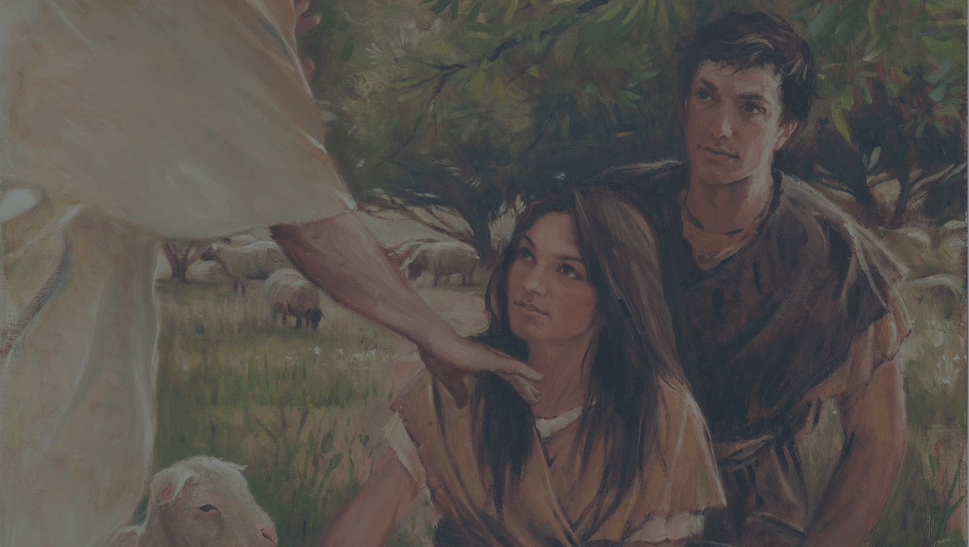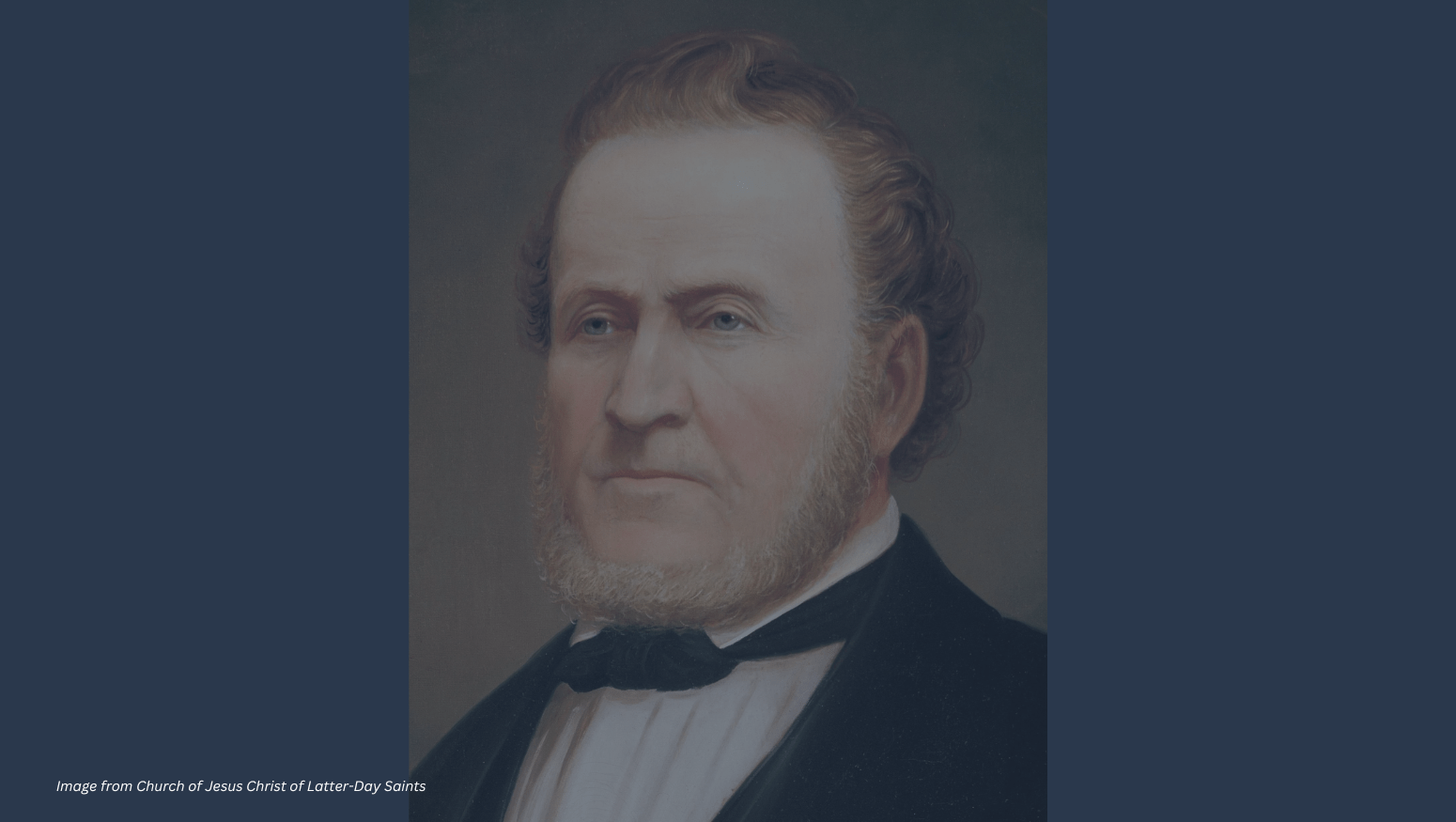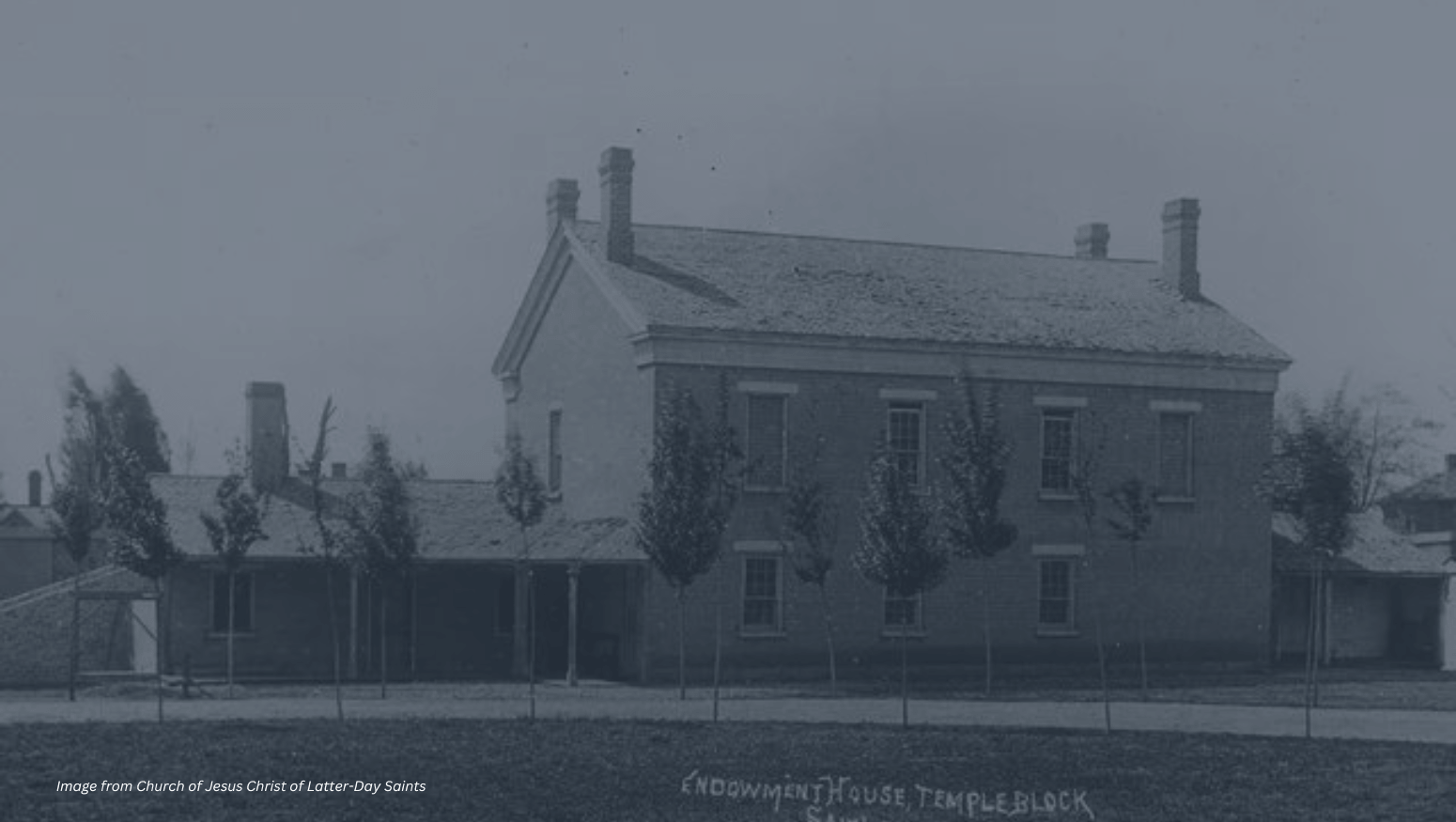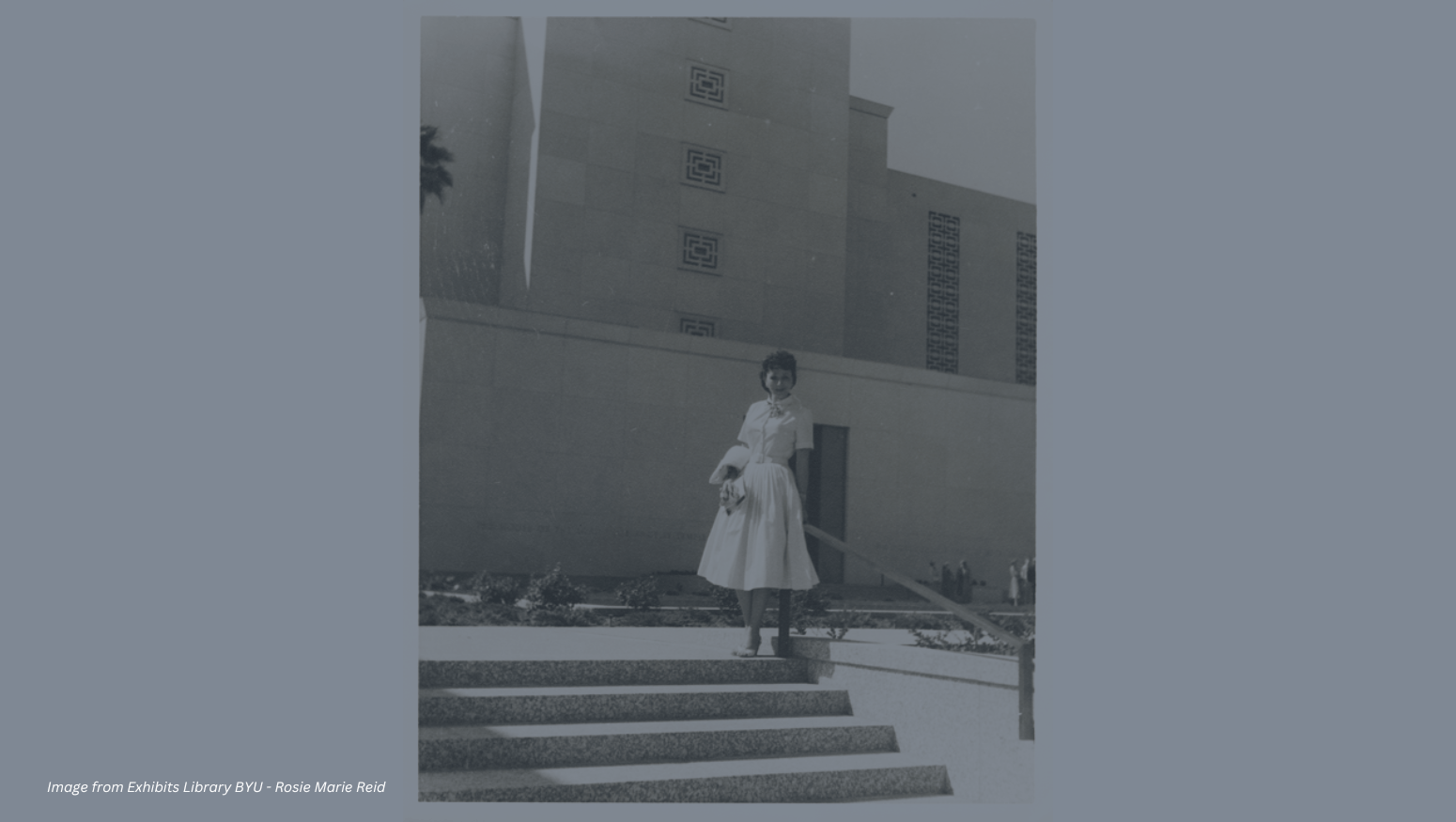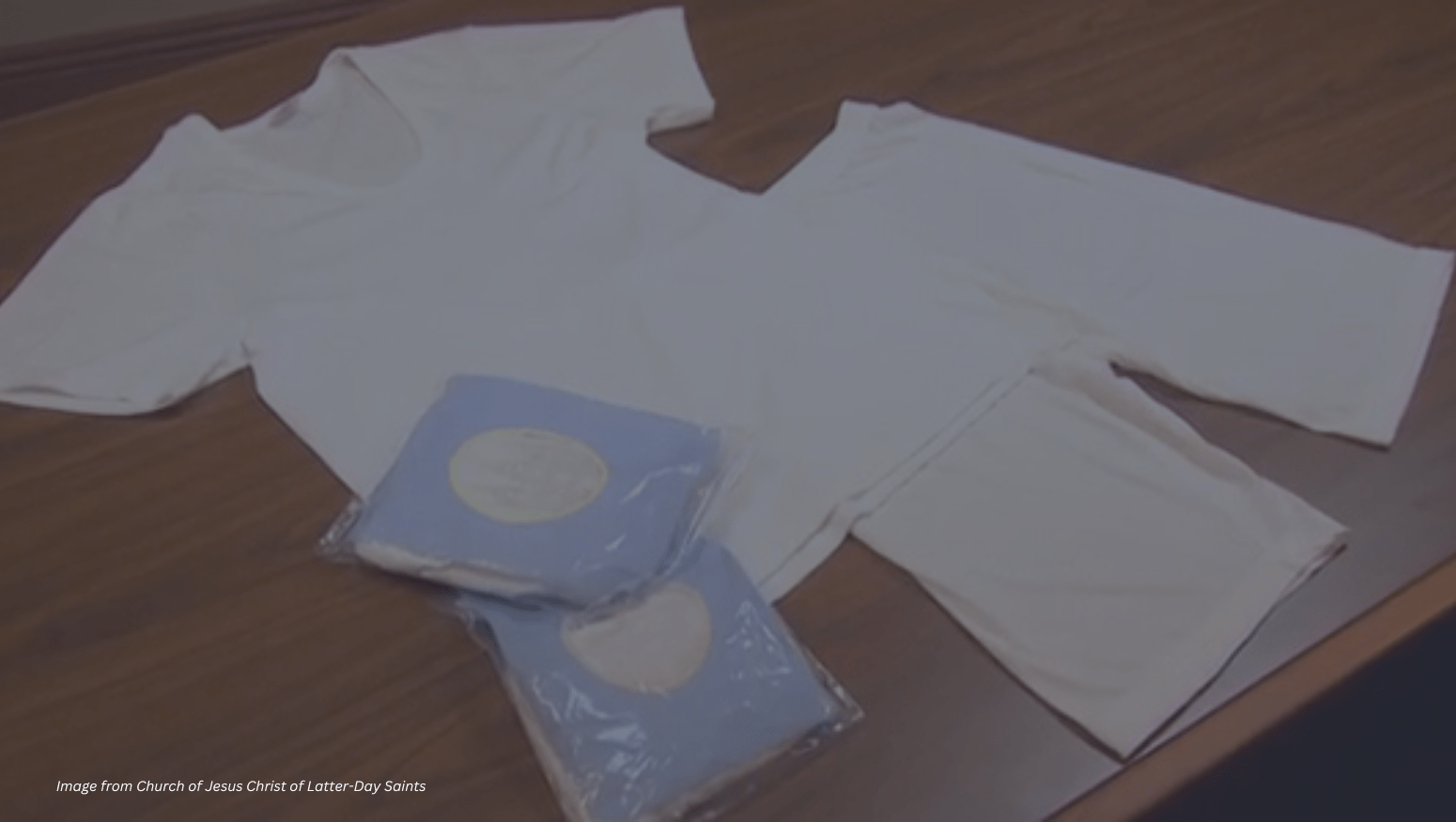Garments and other Biblical Clothing
Historical Context
What Critics Are Saying
Response to Critics View
In the Bible, there were multiple occasions where God commanded His children to wear special clothing. God gave Adam and Eve “coats of skins” to wear as they left the Garden of Eden. Biblical scholars suggest that these coats of skins showed God’s personal care for mankind and other scholars believe these skins represented the atonement of Jesus Christ. On another occasion, God instructed the children of Israel, after their exodus from Egypt, how to worship Him. Among these instructions, God commanded the Children of Israel to build the Tabernacle and commanded Aaron and his sons to wear special clothing in their duties as priests. This set the priests apart as representatives of God. God also instructed His covenant people to wear specific clothing in Numbers 15:37-41. Here, the Children of Israel were commanded to make garments with fringes at the border. Commonly known as the prayer shawl, this fringed garment’s purpose was to help the covenant people remember the commandments of the Lord. info Information Sources: cancel https://search-ebscohost-com.byu.idm.oclc.org/login.aspx?direct=true&AuthType=ip&db=e025xna&AN=264889&site=ehost-live&scope=site https://www.fairlatterdaysaints.org/answers/Question:_Is_the_wearing_of_the_Mormon_temple_garment_not_supported_by_the_Bible%3F

